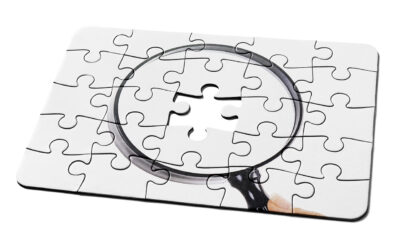AS A BUSINESS owner you already know you need to protect against and plan for external supply chain risks. These risks are often out of your control as they can affect suppliers or transportation providers, as well as transportation networks and infrastructure.
However, you also have internal supply chain risks, which you are better able to control.
These risks can affect a variety of businesses from manufacturers to retailers and restaurants – and any business that has some type of revolving stock.
It could be vital to the survival of your business that you prepare for internal risks such as machinery and equipment breakdowns.
Knowing the right steps to take ahead of time can save you from making a bad situation worse or significantly delaying the resumption of operations. All of that, of course, amounts to extra costs for your operation, including the potential for lost revenues.
If you prepare for a failure of a key piece of equipment or machinery, you also won’t be scrambling trying to figure out your next step in times of internal disruption or crisis. Making decisions at such times can often lead to more problems and costs.
Your risk management plan to deal with such failures should include:
1. A list of key equipment
- Production machinery, including gear sets, motors, compressors, belts and fans.
- Boilers and pressure vessels.
- IT and communications systems, including wiring and cables.
- Electrical equipment or system, including transformers, switch boxes, cables, wiring and motors.
2. An inventory of spare parts
Optimally, you should keep all the key spare and replacement parts for your main systems on site. You can ask the manufacturers or service companies of those systems to assist you in having an emergency inventory on hand.
Still, it may not be feasible to have all items on site. In that case, you should compile a list of the other parts that could break and need replacement, and how to quickly order them from the correct supplier. You should include on this list the cost of those items and delivery times – and update the list at least every year.
3. Plan for renting replacement equipment
As part of your planning, you should obtain quotes from companies that rent out the same type of equipment or machinery that you use, and update the quotes every year. The quotes should include all pricing like transportation and set-up fees, as well as estimated time from ordering to delivery and start-up.
Don’t forget to include alternative suppliers.
4. Repair firms
You should also have at the ready information on the various contractors that are able to repair equipment that’s broken down. The information should be listed by equipment item and should include contractor capabilities, contact information and availability.
Again, you should update this information every year.
5. Inventory
The dilemma for many businesses is how much inventory to carry.
You don’t want to get caught short when it’s time for deliveries, and you don’t want too much of your money tied up unnecessarily in inventory that will go unused for some time.
That said, a certain reserve of inventory to help you continue to supply your customers is a smart move if you want to minimize the disruption of an equipment failure.
You need to analyze your order and delivery schedules and identify an optimum amount of spare inventory to keep on hand to fulfill orders in case of an equipment failure.
Make sure to keep in mind perishability of inventory, if applicable.








